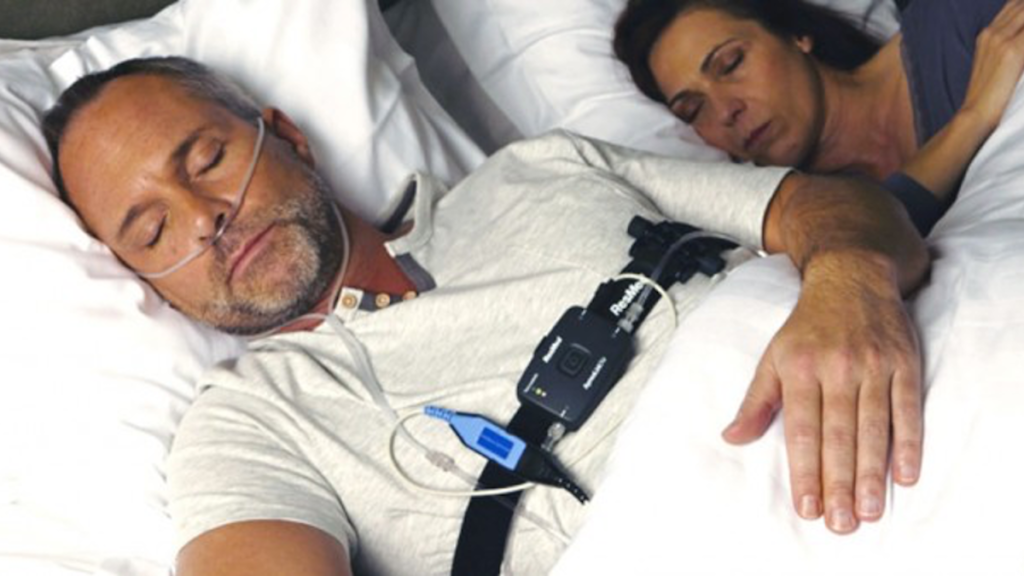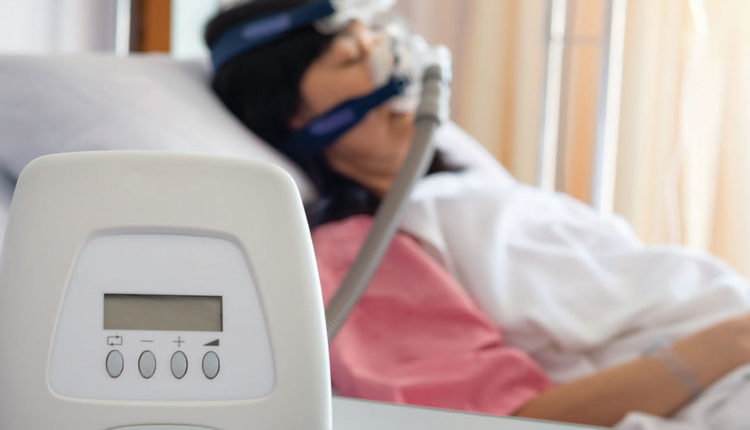Describe the Assessment and Care of a Patient With Apnea
In addition these Guidelines may serve as a. Ad Ideal for patients with mild to moderate sleep apnea and who do not want a CPAP machine.
Outcomes are often more directly relevant to the patient.

. Give the signs of inadequate breathing 331-333. Factors to be considered in determining whether outpatient care is appropriate include 1 sleep apnea status 2 anatomical and physiologic abnormalities 3 status of coexisting diseases. Describe the assessment and care of a patient with apnea.
For patients with OSA the desired outcome of treatment includes the resolution of the clinical signs and symptoms of OSA and the normalization of the apnea-hypopnea index. Visit a doctor to determine if you have apnea. A focused respiratory objective assessment includes interpretation of vital signs.
The prevalence of OSA is increasing due to an epidemic rise in obesity which is a major contributing factor. Additional factors such as urgency of surgery severity of. With a prevalence of 1 billion people worldwide obstructive sleep apnea OSA has become a public health concern.
Inspection of the patients breathing pattern skin color and respiratory status. 1 Over the last decade evidence has consistently confirmed the. The following are 10 points to remember about perioperative assessment and management for obstructive sleep apnea OSA in the ambulatory surgical patient.
However sleep apnea remains consistently under. Obstructive sleep apnea OSA affects approximately 2-4 of the general population and may be more prevalent in obese adults. Commonly seen in metabolic acidosis.
Assessment and diagnosis. Obstructive sleep apnea OSA is the most common sleep-related breathing disorder and contributes to increased morbidity and compromised cardiovascular outcomes. Patients with Obstructive Sleep Apnea.
Both outcomes and processes are important in the care of the patient. The STOP-BANG survey below is a self. Obstructive sleep apnea OSA is a sleep disorder affecting 18 million Americans.
Repiratory rate fewer than 12 or higher than 20 breathsmin shallow depth and an irregular breathing pattern breath sounds that are. Self-evaluation can be the first step to getting diagnosed with obstructive sleep apnea. Describe prevalencerisk factors for PC consultations for insomnia andor snoringsleep apnea.
Controlled studies have shown that patients with a high pretest probability of symptomatic moderate to severe OSA can be managed well in primary care or by skilled. The purpose of this assessment is to evaluate the patients health status identify. Lack of spontaneous breathing followed by increasing rate and depth of respiration.
Clinical features of OSA include loud cyclical snoring with apneic pauses of at least 10 seconds as well as excessive daytime somnolence. By a healthcare provider in the care of an individual patient. Monitoring oxygen saturation as patient may not be getting adequate oxygen even if it looks as though they are compensating.
The initial nursing assessment is a critical first step in any patients admission to an acute care setting. Patient care personnel who are involved in the care of these patients. Medical and dental insurance accepted.
Adult PC patients n 1421 1824 y olds and n 1879 2565 y olds. Patients may undergo diagnostic testing prior to surgery with treatment of moderatesevere sleep apnea.

Understanding The Mallampati Score Sleep Foundation



No comments for "Describe the Assessment and Care of a Patient With Apnea"
Post a Comment